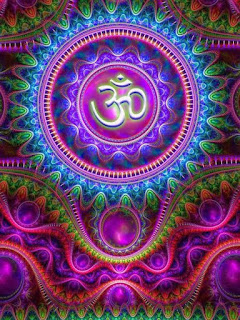Self-Knowledge, known in India as the Atmabodha, is a short composition of 68 verses attributed to the great Indian philosopher Shankara. With this composition Shankara tries to serve all those who are ready to understand the Truth, which means they must be ready to break all ties and desire Liberation.
Below is a quick summary of the content in Shankara's treatise (these paragraphs are not verbatim):
Only direct Knowledge can be the cause for Liberation. Action by itself cannot destroy our illusions and delusions. It is because of our ignorance that we appear to be finite. When ignorance is destroyed by Knowledge, the Self reveals Itself by Itself, like the sun when the clouds are removed. Right practice leads to Knowledge.
The world is like a dream: It appears to be real as long as we are ignorant of the Truth. When we are awake the world has disappeared like a dream. The world is like the illusion of silver in an oyster shell. All forms exist in the imagination of the perceiver. The world is to the all-pervading Awareness of God like the bracelet is to gold. As long as we admire the form, we do not see the gold. If we see the gold we do not admire the form.
All characteristics are superimposed on the all-pervading Awareness. The gross body is formed out of five subtle elements. The subtle body is made of five pranas. The Awareness takes on characteristics in the same way as a crystal may take on the color of something that is red, blue, or green.
Through discrimination, the seeker has to isolate the pure innermost Self from the mental coverings. The Self is only reflected in the clear mind. The Self, as pure Awareness, has to be seen as being distinct from body and mind. Like the moon appears to be moving when clouds are moving, so the Self appears to be active when mind and the senses are active.
The nature of the Self, as pure Awareness, is Eternity, Purity, Reality, Consciousness, and Bliss. When the Self gets confused with body and mind it is overcome by mortal fears. The Self regains fearlessness by realizing the Truth about Itself.
Awareness does not need another instrument, like the mind, to be aware of Itself. The Self is not this or that but Itself. The Self is without attributes and action. The Self is changeless, eternal, pure, and free. The Self is pure Awareness as God is pure Awareness. Pure Awareness is without a second.
He who has attained the Supreme Goal dwells as the embodiment of Infinite Consciousness and Bliss. The practice that destroys ignorance is constant meditation. Because of ignorance the ever-present Awareness is not recognized. The seeker who has realized the Self sees the entire universe as the Self

















